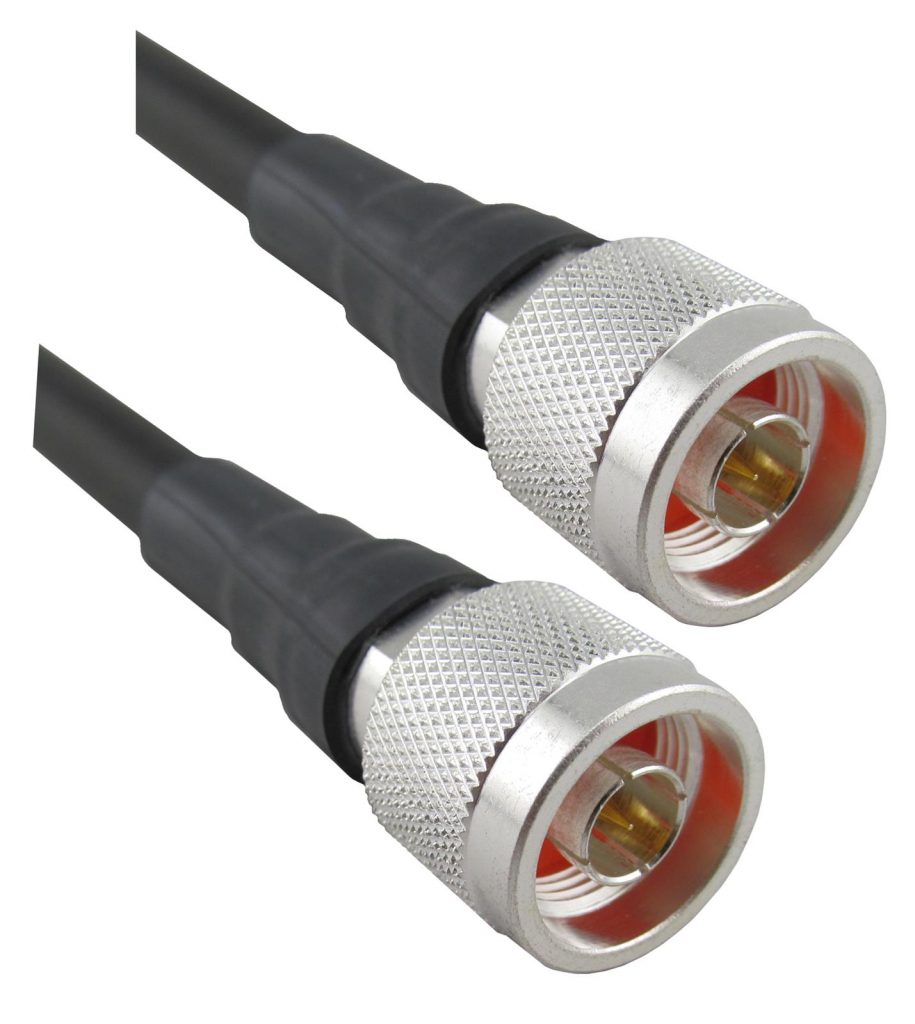Editor’s Note: DX Engineering’s team of Elmers can’t be with you in person to discuss their lineup of new Amateur Radio products, so OnAllBands will be featuring some of the latest gear you would have seen firsthand at 2020 Hamvention®.
Today we’ll be looking at DX Engineering coaxial cable, including the new RG-214 Double Shielded 50-ohm Coax. But before we get to that, let’s talk a bit about choosing the right coaxial cable for your needs. If you’re new to building an Amateur Radio station or have been in the game awhile and still have questions (trust us, you’re not alone!), a good place to start the cable selection process is DX Engineering. Here’s why:
With more than 300 years of combined Ham Radio experience, the Elmers at DX Engineering have seen it all after installing and replacing many miles of coaxial cable in the shack and out. So when you contact them, you can be assured of receiving straightforward, informed answers to your questions:
- How much do I need?
- When is it time to replace the coax in my station?
- What qualities should I be looking for when choosing coaxial cables?
- What options are available for my budget?
- Will cable that provides the lowest loss for HF operation work just as well on my VHF/UHF antennas?
Here’s one of the most frequently asked questions: Will better coax really make a difference in my station’s performance? While cost may be a concern for you, the fact remains that the rig and antenna you’ve purchased won’t perform as well if you skimp on the quality of your system’s feedline. DX Engineering excels at working with Hams to find the right balance between how much you can invest and what you’re willing to accept in terms of performance.
It’s important to understand that in the world of coaxial cable, choosing the ideal coax is not a one-type-fits-all proposition. To assist you, other questions will need to be posed: What frequency will you be operating on? Do you require a short or long run of cable? Is flexibility a factor? Indoor or outdoor? Do you need it for a direct-bury installation? 50 or 75 ohm?
The good news is that DX Engineering offers coaxial cables to fit any Ham Radio need. Plus, they’re available in assemblies with connectors installed, by the foot, or in bulk spools. If you’re confident about what you need for your station, you can do it all yourself by placing your custom order online through DX Engineering’s Custom Cable Builder.
This video, featuring Mark, W8BBQ, DX Engineering customer/technical support specialist, shows you how easy it is to customize your assemblies (type of cable, connectors, and length) and place your order.
DX Engineering’s New RG-214 Double Shielded 50-ohm Coaxial Cable

This cable provides excellent RF isolation and rugged flexibility for critical applications in the shack and on the tower. Available in assemblies from 3 to 25 feet, by the foot, or in bulk spools, RG-214 is a tough yet flexible coax with 12-gauge silver-plated stranded copper center conductor, solid polyethylene dielectric, and TWO layers of silver-plated braided copper shields to provide exceptional RF isolation performance and superior power handling. Uses include:
- Installations in which many cables are bundled together and higher RF isolation is desired
- Antenna feedlines on towers, especially for rotator loops (the solid polyethylene dielectric provides repeated flexing without concern of center conductor migration)
- Stations with many feedlines that demand top-level isolation in the shack or in the equipment room
If RG-214 doesn’t meet your requirements, here are a few more DX Engineering coaxial cables to consider :
- RG-213U Low-Loss 50-ohm Coax assemblies—with patented PL-259 connectors—are designed to be used for virtually every HF antenna application and are ideally suited for all outdoor feedline applications, including direct-bury installations.
- RG-11/U 75-ohm Bulk Coaxial Cable is a low-loss, high-power 75-ohm feedline with a premium-grade, waterproof polyethylene jacket. It’s ideal for impedance-matching phasing cables for arrays, from HF Four Squares to VHF applications.
- RG-8X 50-ohm Cable is intended for moderate-power HF stations or mobile applications where short runs and flexibility are key factors.
- RG-8U 50-ohm Cable is highly flexible and especially suited for low and high power amateur stations, providing a lower loss solution for nearly any length cable run at any legal power level.
Learn more about coaxial cable and connectors by checking out these additional articles on OnAllBands:
How to Ensure Better UHF Coaxial Feedlines
Two Rules to Avoid Confusion about Coaxial Connectors
The Right Tools Can Take the Pain Out of Prepping Coaxial Cables

